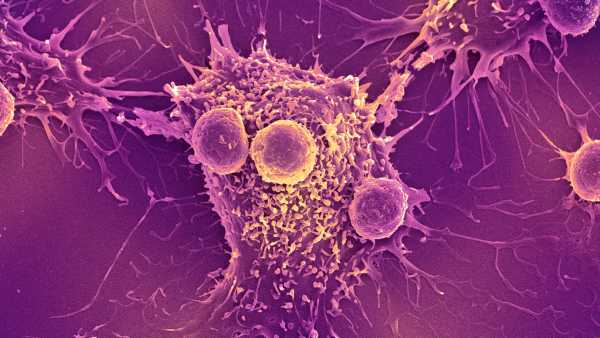
But few people understand why this is so and how our body actually uses protein.
The coming decade promises to be a triumph of fitness culture, a conscious and balanced lifestyle, as well as new breakthroughs in the field of anti-aging, which will allow a person to enjoy a beautiful and healthy body much longer than before. At the same time, developments related to the consumption of substances important for the human body, including protein (aka protein), will begin to play an increasingly important role. However, few of us fully understand why and because of what this nutrient has become the panacea of the healthy lifestyle culture of recent years. We decided to understand all the nuances of protein consumption and its (not the simplest) relationship with our body.
What is protein, what does it come in and why is it important?
Protein is primarily a building material for the cells of the human body, including skin fibers – collagen and elastin. With a lack of proteins, it loses elasticity and firmness. Proteins are also used to build muscle fibers, which play an important role in maintaining the optimal rate of metabolic processes and normal weight. Proteins are the main structural element of all hormones and enzymes that regulate metabolic processes in the body. Immune cells, which are responsible for protecting our body, are also made of proteins.
Proteins are found in both plant and animal foods. Animal proteins include any type of meat, poultry, fish, dairy products, and eggs. Proteins from dairy products and eggs are absorbed much faster. The main source of plant proteins is legumes, including soy, as well as cereals.
Animal and vegetable proteins differ primarily in their amino acid composition. For example, proteins of animal origin are complete in their composition. They contain the full range of essential amino acids that our body needs. Of the vegetable proteins, only soy, quinoa and amaranth can be considered complete.
The body and protein: how does it work?
We often imagine it this way: a piece of turkey eaten for dinner is digested in the stomach, after which the resulting protein is safely sent to the biceps. However, in reality, everything happens a little more complicated.
Yes, food protein is broken down and reassembled into a wide variety of proteins that are normally present in the human body. It doesn't matter what kind of protein you eat – animal or vegetable, complete or incomplete: the main and only task that the body faces is to break it down into various amino acids, the building blocks of any protein.
The breakdown of protein requires much more time and energy from the body than the breakdown of the same carbohydrates and fats. It all starts in the mouth – the first, mechanical, stage of digestion. Then the semi-digested protein moves into the stomach, where it mixes with gastric juice, which contains acids and enzymes that contribute to the destruction of food particles.
The next stage of digestion takes place in the small intestine, where the protein is completely broken down using special enzymes and acids produced by the pancreas. Only at this stage are the amino acids ready for full use by the body.
How exactly does the body use protein?
After the protein molecule is completely broken down, amino acids enter the liver. In this part of the body, they are used to form the types of protein that your body needs most at the moment. It is almost constantly replacing damaged tissue parts and dead cells with new ones, so it constantly requires a sufficient amount of the main building material – protein. For example, some proteins in our body form the so-called antibodies – particles that fight viruses and bacteria that constantly attack the human body. Other proteins contribute to the synthesis of DNA molecules, other chemical reactions, the transport of molecules, etc.
What is the best way to consume proteins?
— Include protein in all meals. About 30% should be in your main meals, and 5% in your snacks. This will help you stay full throughout the day. Protein is also better absorbed when consumed evenly throughout the day.
— Include different types of protein in your diet — both plant and animal. Eat different types of meat and fish. This way you are more likely to get all the essential amino acids in the right ratio.
— The protein in meat and fish is better absorbed if they are cooked more slowly and at a lower temperature. Slow stewing, steaming, and baking are suitable.





